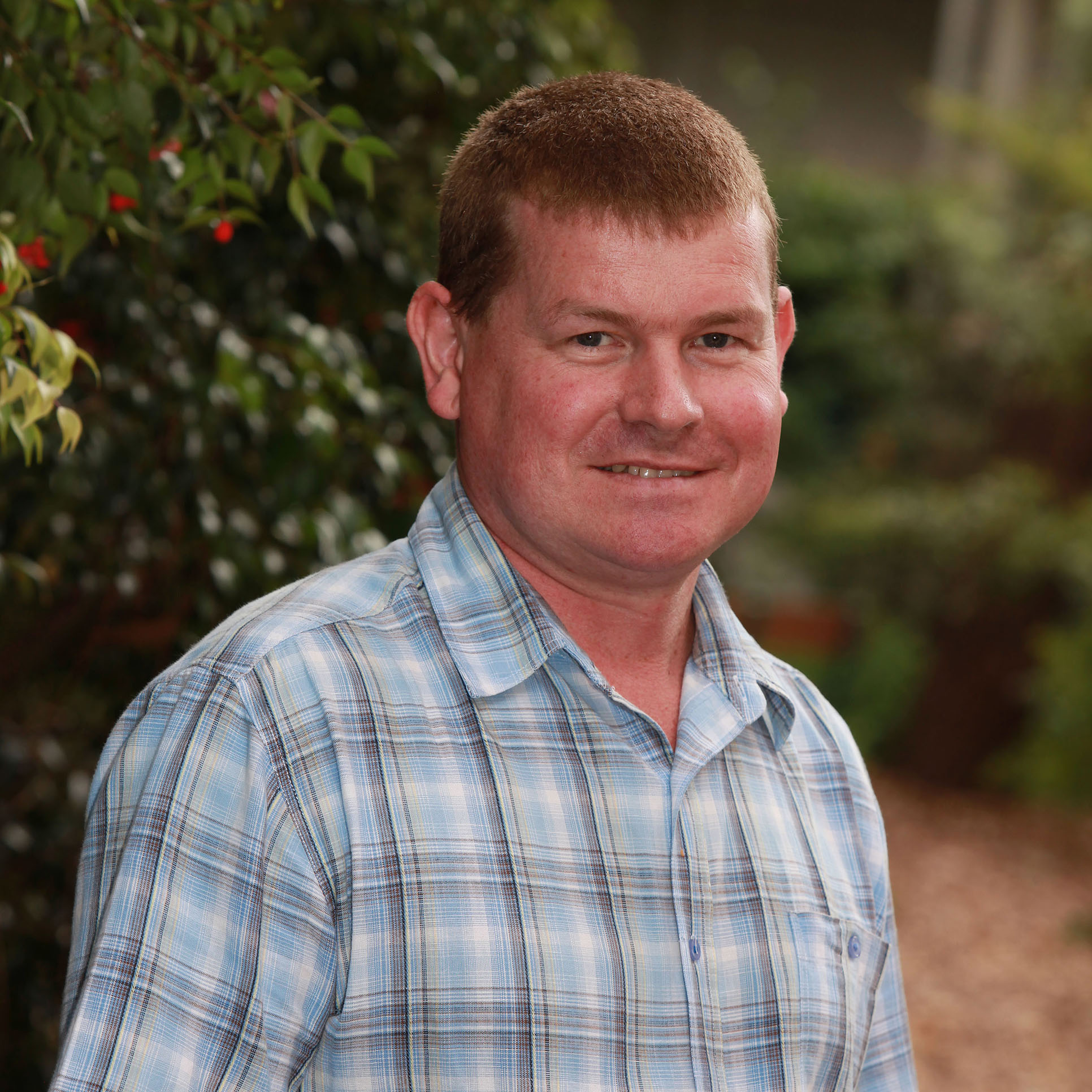The University of Queensland researchers are using advanced genetic technologies to breed better cattle faster to improve herd productivity, animal welfare and environmental sustainability.
In a concerted effort to shorten the time needed to produce elite cattle lines, Professor Tim Mahony at the Queensland Alliance for Agriculture and Food Innovation (QAAFI) is creating an entirely new platform to breed better performing cattle herds with scientists from UQ’s Genome Innovation Hub (GIH).
Professor Mahony says the new strategy uses advanced genomic analysis, gene editing and cell engineering technologies.
These are used in novel ways to rapidly diversify the genes that most influence herd productivity, animal welfare or environmental sustainability.
“Irrespective of the technology used, breeding gains are always only achieved by introducing subtle genetic diversity into the DNA sequence of the most relevant genes,” Professor Mahony said.
“What we are proposing is to change the way the genetic diversity is generated and screened in cattle.
"This bypasses the need for live animal work.”

To that end, the QAAFI team is developing cell lines that bring the power of gene editing into play in cattle breeding. This technology can make highly targeted changes to the genes that most affect cattle productivity.
Deploying gene-editing technologies requires introducing two molecular components into cells that work together as a team to introduce changes to specific genes.
Firstly, there is a guide RNA (gRNA). Its job is to single out the gene of interest. Then there is a set of molecular scissors – called CRISPR-Cas9 (a bacterial gene). It cuts the DNA selected by the guide RNA.
The magic occurs when the cell itself repairs the cut DNA. The repair process introduces subtle changes to the DNA that can alter an associated cattle trait. New genetic information can also be written into the cell by exploiting other cellular repair pathways.
Normally, gene editing requires introducing both components into cells every time a round of changes is needed.
That makes the process both laborious to repeat and at odds with breeding work, which requires introducing genetic diversity on a much larger scale.
Professor Mahony is proposing to overcome these limitations by modifying cell lines in such a way as to introduce CRISPR-Cas9 gene permanently into the cells’ chromosomes. That makes the molecular scissors readily available to edit genes at any time, with researchers needing only to introduce the relevant gRNA.
A highly innovative approach is being taken to introduce the CRISPR-Cas9 into the cell lines to ensure it operates at the highest possible level. This in turn requires making additional innovations.
“In the past, many experiments that introduced genes into cells failed because the gene ended up being inactivated so that no gene expression took place long term,” he said.
“We have devised a novel high throughput strategy to ensure that our CRISPR-Cas9 gene avoids this fate.
"The strategy involves the identification of cattle genome ‘landing pads’.”
He defines landing pads as any region of the genome that can function as safe harbours for introduced genes, allowing the genes to express over many generations without disrupting important genome functions.
To identify landing pads, a reporter gene (whose expression is readily detectable) is introduced into a large population of cells. A copy of the gene is allowed to incorporate into each cell’ chromosomes. However, the incorporating site will be different in every cell.
Most cells will fail to maintain the expression of reporter gene long term. Those that do express normally may have integrated it into the chromosome at a safe harbour or a landing pad.

The expressing cells will be isolated, and their DNA will be sequenced by long-read sequencing method. The sequence data will then undergo a deep analysis to understand where in the genome the reporter gene landed. The QAAFI and GIH team will also determine broader genomic impacts by sequencing all the cell’s DNA.
Once a genome site is identified that meets the criteria of a landing pad, the reporter gene is replaced by the CRISPR-Cas9 gene (or other genes of interest), in a form that also allows its expression to be turned on and off at will.
These CRISPR-Cas9 expressing cell lines can then be used to target changes to genes of interest and to study the associated biological impacts of the genetic changes. This includes the use of sophisticated stem-cell systems that can be induced to form organ-like tissues (called organoids) that bypass the need for animal studies.
The organoid-based analysis is already a feasible technology that is used for medical research in humans.
Transfer of genetic changes into animals will then only occur once useful gene variants have been identified and tested. Alternatively, these studies can be used to increase the efficiency of conventional breeding practices by improving knowledge about which genetic diversity to put under selection using DNA markers.
“The idea behind developing this technology is to reduce the amount of time needed to produce elite cattle genetics,” Professor Mahony said.
“It also amounts to a rapid, efficient and highly targeted way to test the genomic predictions that accumulated from decades’ worth of breeding work and genome-wide analysis.”
Photos are available via Dropbox.
Research contacts: Prof Tim Mahony, Centre for Animal Science, QAAFI at The University of Queensland, t.mahony@uq.edu.au, +61 (0)7 334 66505, +61 (0)412 150 129, Dr Di Xia, Senior Research Assistant and GIH project lead, Genome Innovation Hub, The University of Queensland, d.xia@uq.edu.au, +61 (0)7 3346 2607, +61 (0)426 486 281.
Media: Carolyn Martin, carolyn.martin@uq.edu.au, 0439 399 886, Natalie MacGregor, n.macgregor@uq.edu.au, 0409 135 651.



